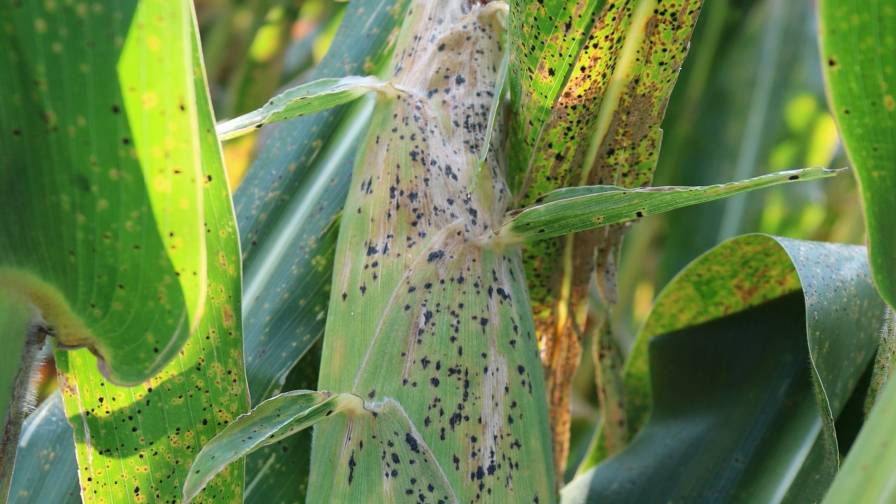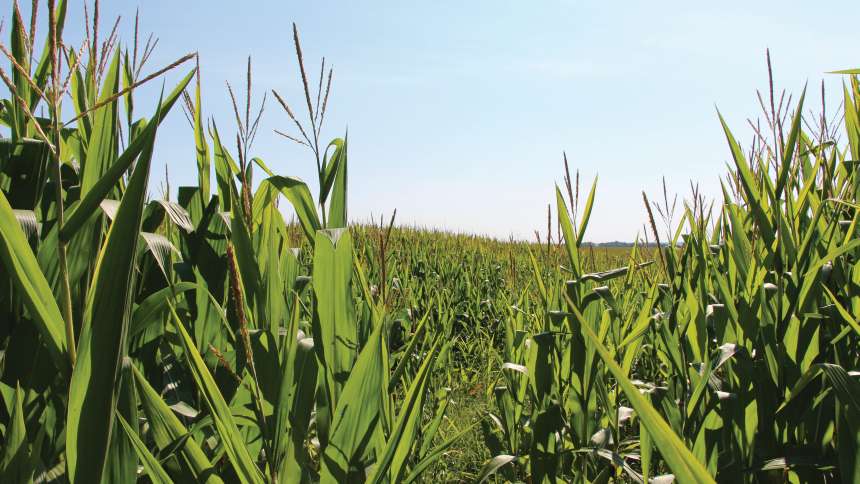The Latest With Pollinators And Neonicotinoids
As of March 2013, some uses of neonicotinoids were suspended by the European Union (EU) in Europe. Some members of the crop protection industry have struggled to amend these restrictions through special-use exemptions, but none have been approved thus far. Earlier this year, Syngenta Crop Protection filed and later withdrew a special request for its neonicotinoid product Cruiser used to treat rapeseeds (canola). Syngenta withdrew its petition because it said United Kingdom regulators did not make a decision in time for growers to plant its treated seeds.
Syngenta will likely reapply for the exemption in 2015, and Bayer CropScience has indicated that it plans to file for special uses as well.
European Crop Protection Association (ECPA) Director General Jean-Charles Bocquet says the association’s members are working to provide reports outlining the ways in which this family of insecticides can be used safely to protect Europe’s crops in time to resume usage for the 2016 crop season.
Bocquet, however, is not hopeful their efforts will reverse the suspension. “The way neonicotinoids are presumed to affect bees is a very emotional issue,” he says. “So I think the decision in May 2015 about the suspension will be very politically driven and the suspension could last longer unfortunately.”
The Impact On U.S. Industries
The EU’s neonicotinoid ban “is a continual focus of activist campaigns in the U.S. courts, federal agencies and the media,” says CropLife America President/CEO Jay Vroom. Vroom says, however, the overseas ban will not affect the use of neonicotinoids in the U.S.
“The EPA maintains confidence in the science behind its decision to uphold the registration of neonicotinoid insecticides,” he says.
The U.S. government is responding to concerns about neonicotinoids in a different way, as outlined by the presidential memorandum “Creating a Federal Strategy to Promote the Health of Honey Bees and Other Pollinators” issued this past June. The task force has until December 17 to develop a national pollinator health strategy.
Vroom says he anticipates federal agencies will announce various actions in association with that deadline and release of the strategy, but he “can only speculate on what those actions will be” at this time. At this point, private and commercial entities outside of the federal government are not part of the pollinator health task force operations.
However, Vroom says, along with several other organizations: “CropLife America contributed information on activities and initiatives of our industry addressing pollinator health, in advance of the presidential memorandum. The memo mentions development of public-private partnerships as part of the strategy, but no details of what this will look like have been shared with us by the task force to date.”
In addition to sharing information with the White House about the crop protection industry’s plans to address pollinator health, Vroom says CropLife America has offered “to discuss pollinator issues at any time, and sought appointments with both Secretary Tom Vilsack and Gina McCarthy.”
Industry Initiatives
While the U.S. federal government tackles the objectives laid out in the memorandum, crop protection industry members such as Bayer and Syngenta have been tending to pollinator health issues for some time. Bayer’s Bee Health Program, including its Bee Care Centers in North Carolina, California and Ontario, Canada, is conducting research on leading bee health problems such as varroa mites, as well as focusing on outreach and advocacy.
“Do we have a bee health problem in this country? Yes, we do,” says Dick Rogers, research manager/entomoligist at the Bayer Bee Care Center in Research Triangle Park, NC. “I would say it started in the mid-1980s with the introduction of the varroa mite into the U.S.”
Project Manager of the North America Bee Health Program Becky Langer says the program at Bayer centers its efforts around the C.A.R.E. platform: Communication, Awareness, Reduction and Ensure.
“The main thing we try to emphasize is growers and beekeepers need to communicate with one another to maintain healthy pollinators. That’s where it all starts,” Langer says. “Farmers should communicate with beekeepers so beekeepers know when the grower is applying insecticides so some mitigation efforts can happen. Stakeholders need to be aware of other influences such as wind that could cause aerial drift of products that could hurt pollinators. They need to reduce use of insecticides when possible and ensure seed treatments are done properly.”
Syngenta’s Operation Pollinator is doing its part to protect pollinator health by working with beekeepers and growers to provide natural habitat “to boost numbers of crucially important pollinating insects on farmland,” according to its Website.
The biodiversity program creates specific habitats tailored to local conditions and native insects in hopes of recovering native pollinating species around the U.S. and Europe.






